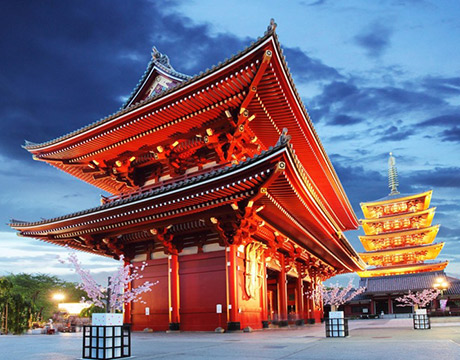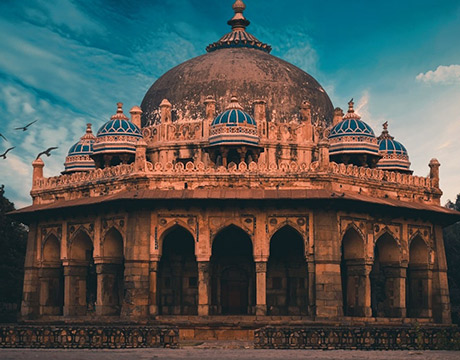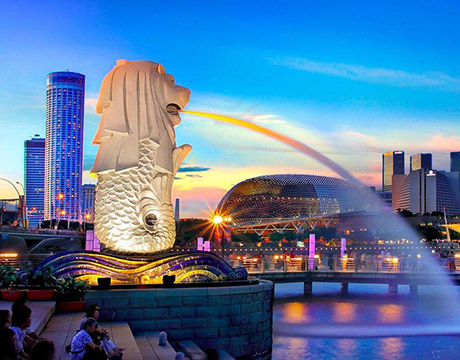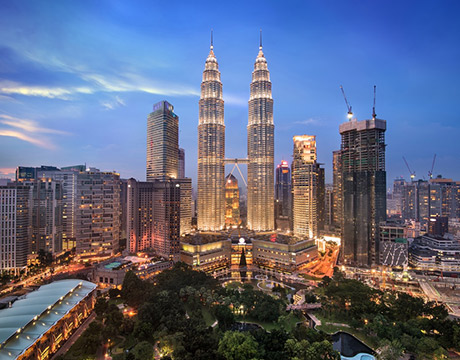Circus Maximus
Circus Maximus
Italy
Rome
Rome Travel Guide
Book Tour & Activities
Your tour in Rome.
Book your stay
Your hotel in Rome.
Overview
The Circus Maximus is an ancient Roman chariot-racing stadium and mass entertainment venue in Rome, Italy. In the valley between the Aventine and Palatine hills, it was the first and largest stadium in ancient Rome and its later Empire.
The Circus Maximus is an ancient Roman chariot-racing stadium and mass entertainment venue in Rome, Italy. In the valley between the Aventine and Palatine hills, it was the first and largest stadium in ancient Rome and its later Empire. It measured 621 m in length and 118 m in width and could accommodate over 150,000 spectators. In its fully developed form, it became the model for circuses throughout the Roman Empire. The site is now a public park.
Events and uses
The Circus was Rome's largest venue for ludi, public games connected to Roman religious festivals. Ludi were sponsored by leading Romans or the Roman state for the benefit of the Roman people (populus Romanus) and gods. Most were held annually or at annual intervals on the Roman calendar. Others might be given to fulfill a religious vow, such as the games in celebration of a triumph. In Roman tradition, the earliest triumphal ludi at the Circus were vowed by Tarquin the Proud to Jupiter in the late Regal era for his victory over Pometia.
Ludi ranged in duration and scope from one-day or even half-day events to spectacular multi-venue celebrations held over several days, with religious ceremonies and public feasts, horse and chariot racing, athletics, plays and recitals, beast-hunts and gladiator fights. Some included public executions. The greater ludi ([4]meaning sport or game in latin) at the Circus began with a flamboyant parade (pompa circensis), much like the triumphal procession, which marked the purpose of the games and introduced the participants.
During Rome's Republican era, the aediles organized the games. The most costly and complex of the ludi offered opportunities to assess an aedile's competence, generosity, and fitness for higher office.[6] Some Circus events, however, seem to have been relatively small and intimate affairs. In 167 BC, "flute players, scenic artists and dancers" performed on a temporary stage, probably erected between the two central seating banks. Others were enlarged at enormous expense to fit the entire space. A venatio held there in 169 BC, one of several in the 2nd century, employed "63 leopards and 40 bears and elephants", with spectators presumably kept safe by a substantial barrier.
As Rome's provinces expanded, existing ludi were embellished and new ludi invented by politicians who competed for divine and popular support. By the late Republic, ludi were held on 57 days of the year;[8] an unknown number of these would have required full use of the Circus. On many other days, charioteers and jockeys would need to practice on its track. Otherwise, it would have made a convenient corral for the animals traded in the nearby cattle market, just outside the starting gate. Beneath the outer stands, next to the Circus' multiple entrances, were workshops and shops. When no games were being held, the Circus at the time of Catullus (mid-1st century BC) was likely "a dusty open space with shops and booths ... a colourful crowded disreputable area"[9] frequented by "prostitutes, jugglers, fortune tellers and low-class performing artists."
Rome's emperors met the ever-burgeoning popular demand for regular ludi and the need for more specialised venues, as essential obligations of their office and cult. Over the several centuries of its development, the Circus Maximus became Rome's paramount specialist venue for chariot races. By the late 1st century AD, the Colosseum had been built to host most of the city's gladiator shows and smaller beast-hunts, and most track-athletes competed at the purpose-designed Stadium of Domitian, though long-distance foot races were still held at the Circus. Eventually, 135 days of the year were devoted to ludi.
Even at the height of its development as a chariot-racing circuit, the circus remained the most suitable space in Rome for religious processions on a grand scale, and was the most popular venue for large-scale venationes;[12] in the late 3rd century, the emperor Probus laid on a spectacular Circus show in which beasts were hunted through a veritable forest of trees, on a specially built stage.[13] With the advent of Christianity as the official religion of the Empire, ludi gradually fell out of favour. The last known beast-hunt at the Circus Maximus took place in 523, and the last known races there were held by Totila in 549.
Address: Via del Circo Massimo, 00186 Roma RM, Italy
Hours: Open now
Architectural style: Ancient Roman architecture
Phone: +39 06 0608
Destroyed by: Fire, Flood, Demolition
Video Travel Inspiration
See Circus Maximus on Map
Most Popular Cities

Siem Reap
Cambodia
Ho Chi Minh City
Vietnam
Beijing
China
Paris
France
London
United Kingdom
New York
USA
Tokyo
Japan
Bangkok
Thailand
Seoul
South Korea
Vientiane
Laos
Yangon
Myanmar
Washington DC
USA
Los Angeles
USA
Ottawa
Canada
New Delhi
India
Singapore
Singapore
Kuala Lumpur
Malaysia
 English
English French
French Khmer
Khmer Thai
Thai Vietnamese
Vietnamese Chinese
Chinese Korean
Korean German
German Japanese
Japanese Italian
Italian Russian
Russian Spanish
Spanish Dutch
Dutch Indonesian
Indonesian Malay
Malay















